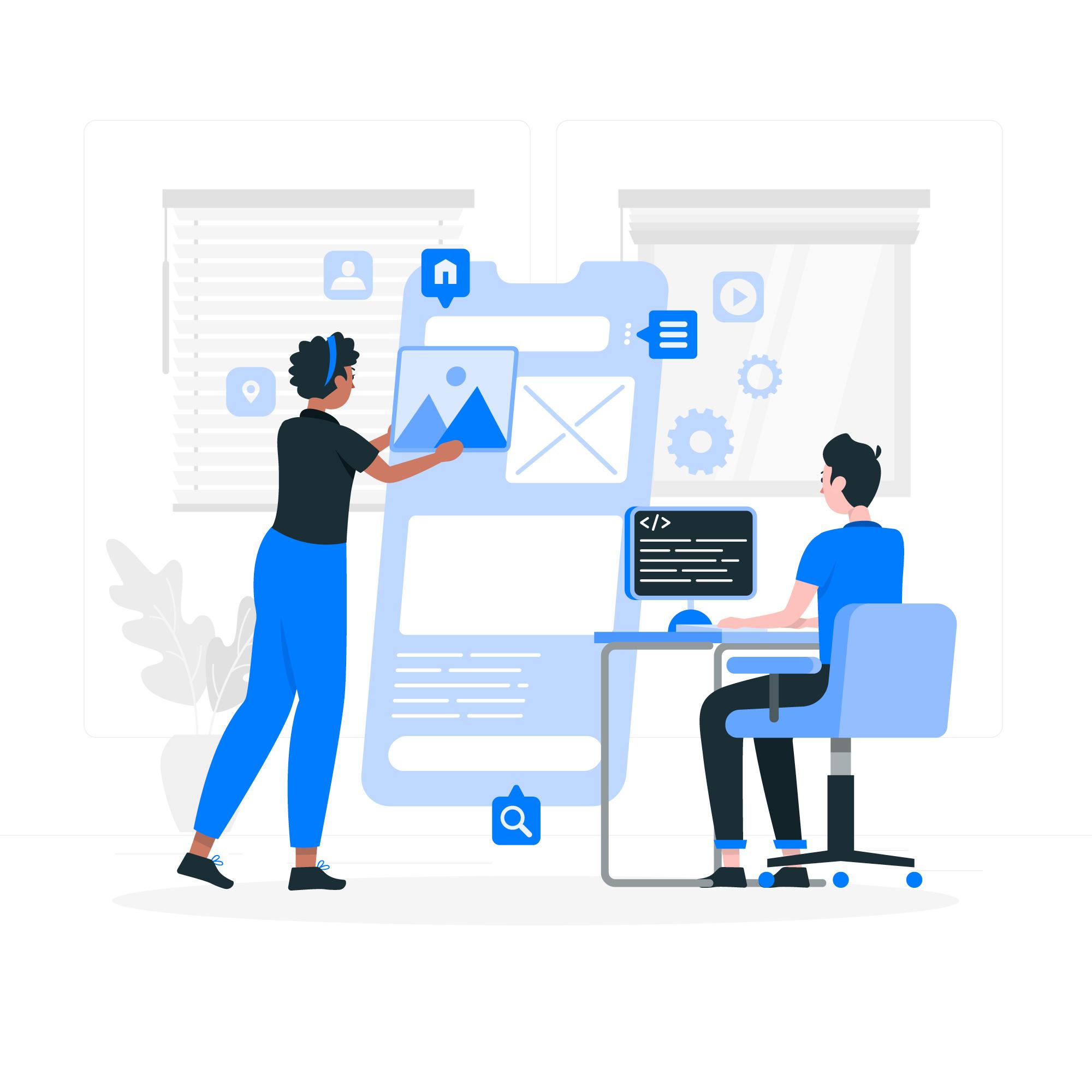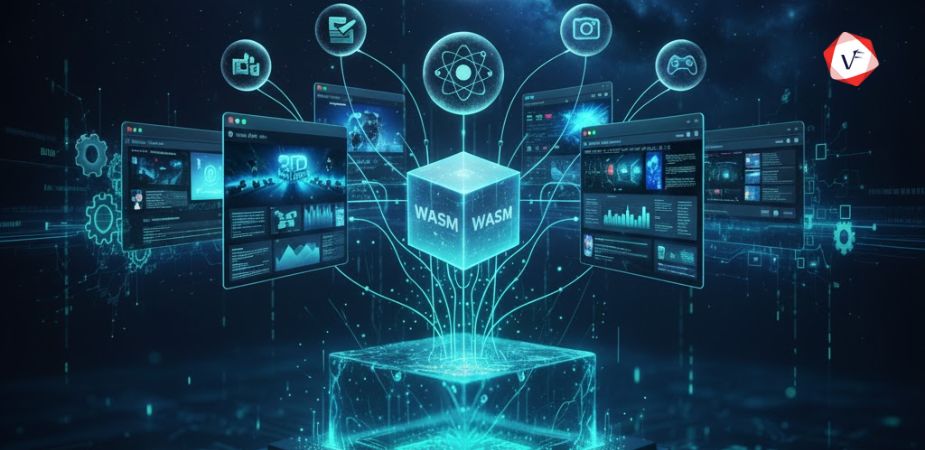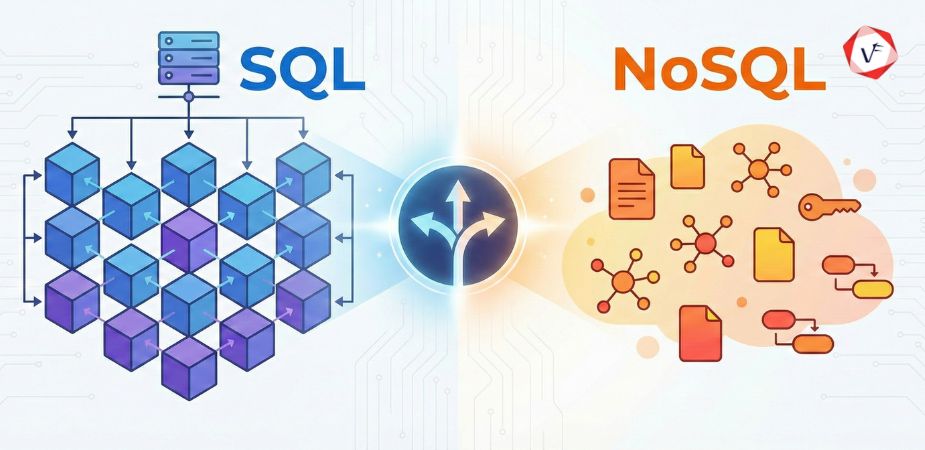- April 30, 2023 6:35 pm
- by Deepthy
- April 30, 2023 6:35 pm
- by Deepthy

Flutter is a free and open-source mobile software development kit (SDK) developed by Google. It allows developers to create high-performance, visually appealing apps for both Android and iOS platforms using a single codebase. By learning just one programming language (DART), developers can create applications in the Flutter environment. Dart is also an open-source programming language that is general-purpose and easy to learn. In fact, developers who are familiar with other programming languages such as JavaScript, Java, and C++ will find that Dart shares some similarities in syntax and concepts. Overall, Flutter and Dart provide developers with a powerful and efficient toolkit for cross-platform mobile app development. In this blog, we shall look at the advantages and challenges of using Flutter as well as its current and future impact on the app development industry.
Fast Development Process: When developing even a mid-sized Android app, the usual time it takes to ship it onto a test device is at least 40 seconds, with small adjustments to the layout often taking even longer due to Android Studio's limited layout preview feature. This is especially true for custom views. However, with Flutter's "hot reload" feature, developers can instantly see applied changes without losing the current application state. As a result, Flutter's development speed is several times faster than other frameworks. Furthermore, the Flutter team has created a wide variety of customizable widgets that are ready to use, which can save developers an immense amount of time. Flutter includes a vast array of core layout widgets, as well as Material and Cupertino widgets that mimic the behavior of each design language. With these tools, developers can skip several time-consuming steps in the app development process, making it faster, simpler, and less stressful overall.
Cross-Platform Capabilities: Most cross-platform frameworks provide ways to share the codebase between target platforms. However, unlike any other application framework, Flutter allows sharing of both the UI code and the UI itself. While rendering in most cross-platform frameworks can make building an app that looks native on every platform appear simple, using platform-specific components for rendering can create complications. This results in the need for a property mapping layer for the platform widget and a framework widget data synchronization, making animation mapping into a more complicated platform-specific widget call necessary. On the other hand, Flutter does not require any platform-specific UI components to render its UI. All Flutter needs to show the application UI is a canvas to draw onto. The way that Flutter renders sets it apart from other frameworks and eliminates any concerns about UI consistency across different platforms. Flutter offers a simple means of establishing communication between platform-native code and Dart using platform channels. As a result, it is possible to implement anything that a native app can do in a Flutter app with only a small additional effort on the native side. Hence sharing the UI and business logic is possible with Flutter, which saves time, effort, and the developer's well-being without impacting the end product's performance.
Attractive & Customizable UI: Flutter offers a significant advantage in that it allows for the customization of any UI element, regardless of its complexity. While it is possible to achieve a custom UI on native platforms, it often requires a much greater amount of effort. With Flutter, however, the process is more flexible and versatile, without adding to the workload. Shared element transitions, shape, color, shadow manipulations, clipping, and transformations can all be accomplished with ease in Flutter.
Strong Community & Resources: The Flutter website provides extensive resources for developers who are new to its declarative UI style and who come from various platforms. The documentation effort that the Flutter team puts in makes it a significant factor as to why Flutter should be used for development. With a vast community supporting Flutter, the wide range of documentation makes the learning curve less steep.
Adoption Rate & Popularity: Flutter has gained tremendous popularity among developers, with the number of its adopters on GitHub steadily increasing over the last few years and months. As a result, Flutter has become the most popular cross-platform framework in the world. This popularity translates into a higher likelihood of finding new, qualified candidates for further mobile app development and internal maintenance.
Comparison with other App Development Frameworks: Developing applications using Flutter and React Native is faster than building native iOS, Android, and Xamarin apps. It is important to note that, as both are cross-platform frameworks, it is possible to create an Android and iOS app in less time than it takes to build a single native app. Creating a Flutter app typically takes only about one-third of the time required to create both native apps combined. This demonstrates how much time can be saved by using cross-platform frameworks. Additionally, the Hot Reload functionality of these frameworks speeds up the development cycle significantly. Both Flutter and React Native apps closely resemble the mock-ups, with only minor differences. In contrast, the Xamarin Forms app shows visible discrepancies.
Examples of Successful Flutter Apps: These include apps by Alibaba, Beike, BMW, Google Pay, ByteDance, CrowdSource, Dream11, eBay, Hamilton, iRobot, Abbey Road Studios, Nubank, Patch Me, Push, QuintoAndar, Reflectly, Rive, US Department of Veteran Affairs, Sua Musica, Supernova, Tencent, Toyota, Wallace & Gromit, Rows, Superlist, Tonal, Travelstart, Reflection, So Vegan, Klasha, MarketWatch, PUBG, and Google Classroom, among others.
Predicted growth and trends in Flutter usage: A recent survey has indicated that Flutter is the most popular cross-platform mobile framework among developers, with 42% of software developers using it for app development. The technology has gained widespread popularity, and according to a StackOverflow survey, 68.8% of developers are interested in learning more about Flutter. Furthermore, Google Trends has shown a significant increase in interest in Flutter over the past few months. Flutter has over 129,000 stars on GitHub, and it is one of the platform's top 50 most popular repositories. Over 100,000 apps have been launched using Flutter, including popular ones like Square, Google Assistant, Tencent, and The New York Times. The data shows that Flutter is a highly sought-after technology that is poised to become the future of cross-platform mobile app development.
Flutter's role in shaping the future of app development: Flutter has the potential to play a significant role in shaping the future of app development. With its ease of use, fast development cycle, and ability to create high-quality, high-performing cross-platform apps, it has gained significant attention and popularity among developers. The fact that it is backed by Google and has a large and growing community of contributors and users, provides confidence in its longevity and support. Additionally, Flutter's ability to create high-quality UI/UX across platforms, as well as its integration with other technologies, such as Firebase, further enhances its value as a development tool. With the continued advancements being made, such as the recent introduction of null safety and improvements in embedding Flutter in existing iOS and Android apps, it is likely that Flutter will continue to expand its capabilities and adoption. Overall, Flutter's potential to save time and effort for developers, create high-quality apps with consistent user experience, and reduce development costs, makes it a strong contender in the future of app development, especially in the cross-platform space.
The impact of new technologies on Flutter's future prospects: Looking forward to this year, a company focused on Flutter app development has a lot to anticipate, as several improvements are in the pipeline. Some of these improvements include the introduction of null safety for Dart, which will be accompanied by a migration of the package ecosystem and plugins to support null safety in Flutter. Additionally, the ergonomics and performance of embedding Flutter in existing iOS and Android applications are set to be improved. Production-quality support is also expected for macOS, Web, Linux, and Windows. Further, dedicated efforts will be made to improve the overall quality of Flutter apps, including runtime performance, application download size, memory usage, battery usage, and more. All of these upcoming improvements indicate that Flutter is expanding rapidly and poised to become a dominant force in mobile app development in the future.
Common challenges in Flutter app development: Flutter has gained a significant following among novice developers who have little to no experience with mobile app development or programming. While the framework is designed to be user-friendly and accessible, it can be easy for beginners to develop a misconception that everything will be as simple as creating a basic Flutter UI. However, this is only partially true. As one moves beyond the basics and begins to create more complex applications, it becomes crucial to have a good understanding of various topics to create enterprise-level applications or high-quality applications in general. This includes a strong grasp of the Dart programming language and its concepts, as well as the importance of Separation of Concerns, given that Flutter does not provide a clear separation between business logic and UI code. One must also have a good understanding of UI state management, which is crucial for managing complex UI in larger apps, and of writing optimal and well-managed code that is easy to read and modify. In addition, learning how things work at the native level is also essential, as some applications require the writing of native code for features such as background processing, notifications, and camera functionality. Although there are many other topics that a professional Flutter developer should know, these are some of the most critical ones. Learning and mastering these concepts takes patience and persistence, which can be challenging for beginners who are new to coding. In many cases, people who have never written or attempted to learn to code may not understand the level of effort required to become a skilled Flutter developer, leading to unrealistic expectations and difficulties in practice.
Best practices for successful Flutter app development: Refactoring into methods can result in unnecessary rebuilds even when nothing inside the function has changed. On the other hand, refactoring into widgets provides all the benefits of the widget lifecycle, such as optimization. It will only rebuild when something in the widget changes, preventing unnecessary rebuilds and improving performance.
Next, the advantage of having a pure build function is to remove any operation from the build method that may negatively impact rebuild performance.
Although stateful widgets offer a straightforward solution for managing state, they aren't ideal for handling state across multiple screens, such as the user's authentication state. This is where state management comes in handy. It allows for a centralized store that can hold any information, and when anything in the store changes, all the dependent widgets will be updated automatically. Depending on the team's experience and comfort level, any of the various state management options can be used
Flutter's declarative framework makes it easier to learn compared to native frameworks for Android and iOS, and it only requires learning one language for both design and code. However, if we do not have a well-defined architecture, it can lead to complicated code as things can get mixed up easily.
Other best practices include following effective dart style guides, selecting packages carefully, writing tests for critical functionality, using streams and MediaQuery/LayoutBuilder only when needed, and using the const keyword whenever possible.
Importance of collaboration and teamwork: Flutter projects usually involve multiple developers, designers, and project managers working together to create a high-quality application. Effective collaboration and teamwork involve establishing clear communication channels and a shared understanding of the project goals, requirements, and timelines. This includes regular check-ins, progress updates, and feedback sessions to ensure everyone is on the same page. To encourage collaboration, it's important to have a well-defined development process that outlines the roles and responsibilities of each team member. This includes clear guidelines for code review, version control, and issue tracking. Another critical aspect of teamwork in Flutter development is the use of shared resources and code such as reusable widgets and components.
Flutter's fast growth on both the market and feature fronts indicates that it has a bright future in the world of cross-platform app development. It is currently one of the most significant cross-platform solutions for building apps, not just for iOS and Android, but also for desktop and web applications (with some limitations), all from a single codebase. From a business perspective, Flutter has a significant impact on how customer-facing digital products are developed and delivered. As a developer, it is crucial to recognize the numerous advantages of using Flutter and integrate it into the current development workflows as soon as possible to leverage its emerging trends and capabilities.
Guaranteed Response within One Business Day!

What is Digital Twin Technology?

What are WebAssembly (WASM) Applications?
Code Review Best Practices: Complete Guide for 2026

Database Selection Guide: SQL vs NoSQL
AI Agents in Enterprise Software: How Autonomous AI is Transforming Business Operations